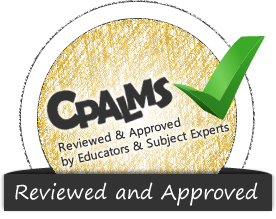![Cpalms [Logo]](/images/cpalms_color.png)
Contact Us
Privacy Policy
Terms of Use
© 2019 Florida State University. CPALMS is a trademark of Florida State University.
© 2019 Florida State University. CPALMS is a trademark of Florida State University.






